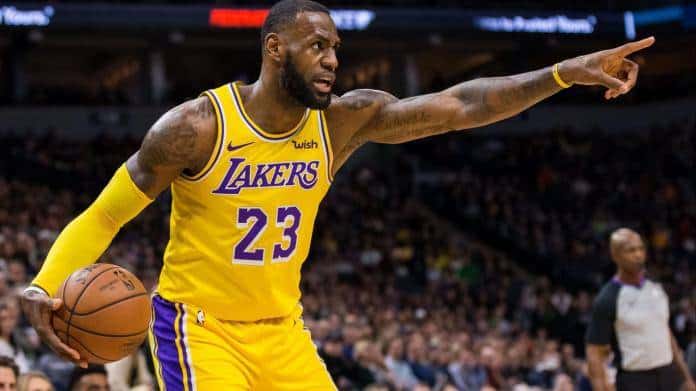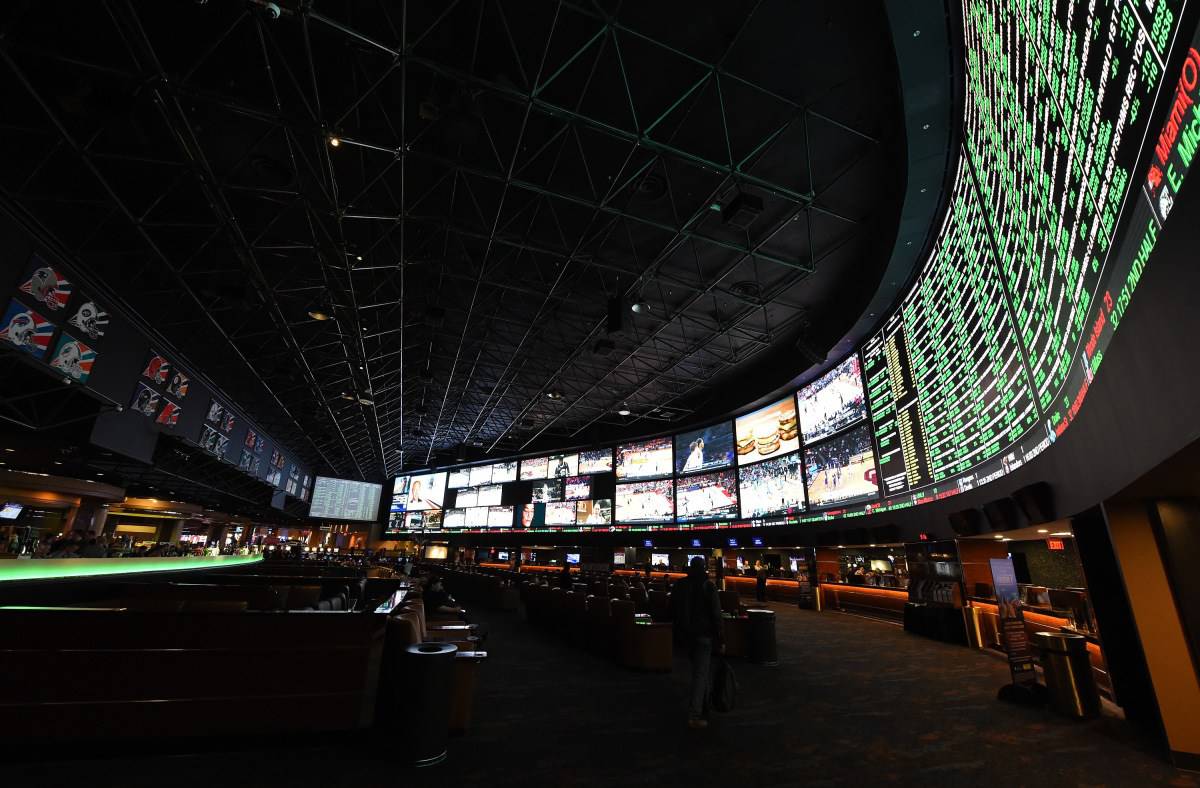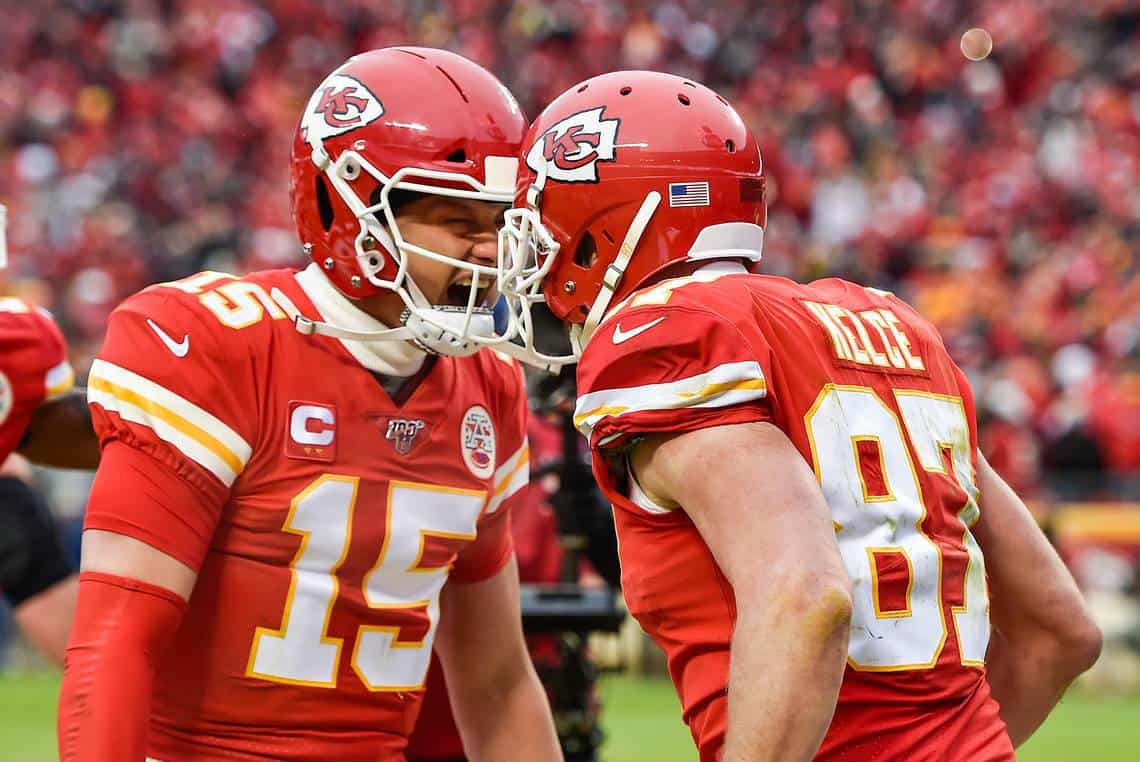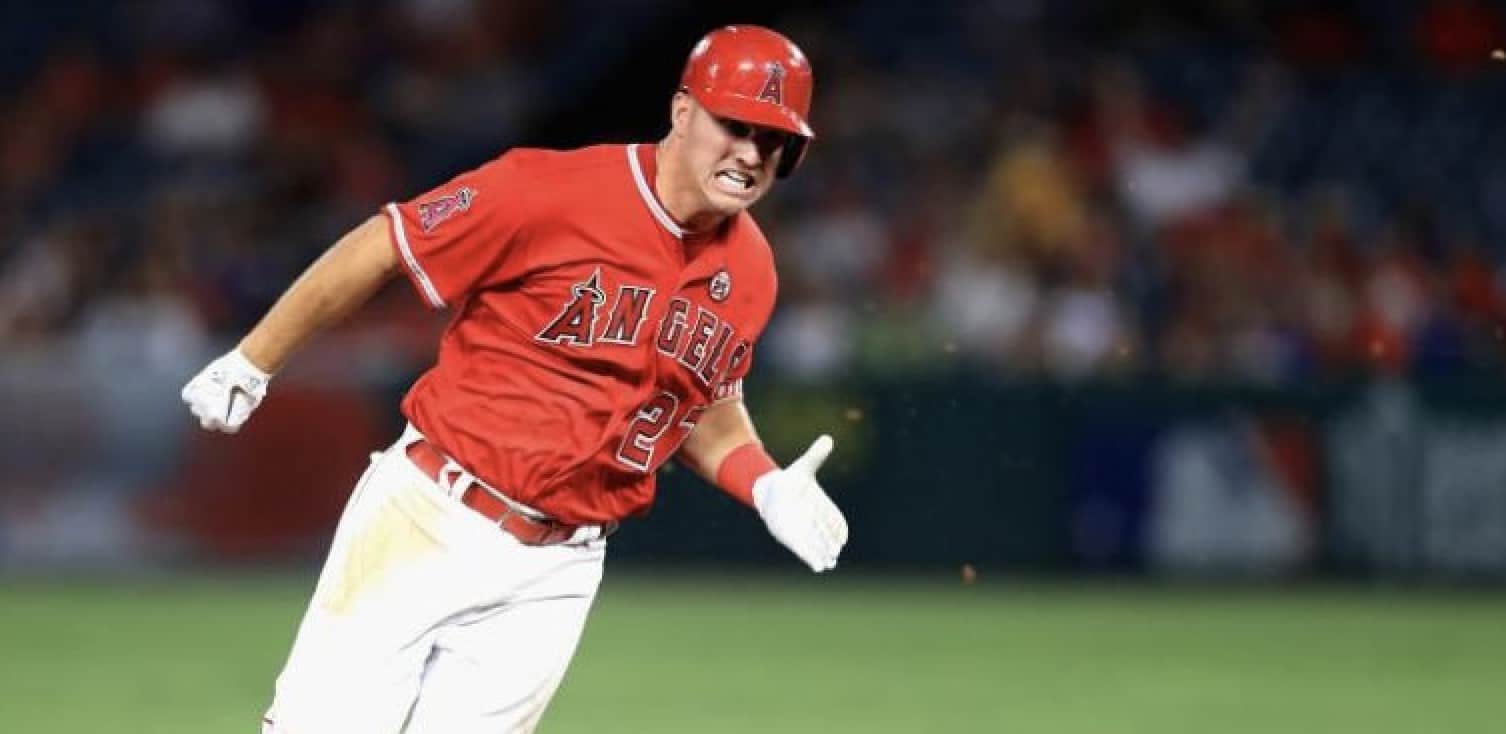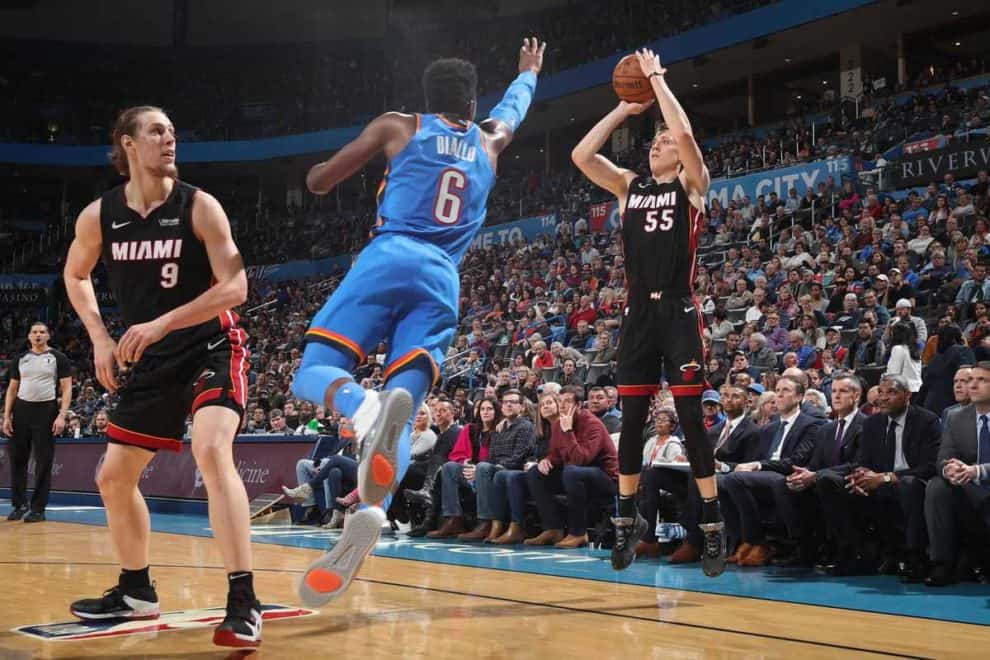
This is the second of our two part article profiling good and bad NBA pointspread performers at midseason. You can read the first part at the link below:
PROFILING GOOD AND BAD NBA POINTSPREAD TEAMS PART 1
Since a few days have passed since our first installment let’s update the ‘best and worst’ pointspread performers hit parade. These records include all action through 1/20/20:
THE BEST NBA POINTSPREAD PERFORMERS AS OF 1/20/20
OKLAHOMA CITY THUNDER +10.5 UNITS
DALLAS MAVERICKS +6.3 UNITS
BOSTON CELTICS +4.3 UNITS
MIAMI HEAT +4.3 UNITS
THE WORST NBA POINTSPREAD PERFORMERS AS OF 1/20/20
PORTLAND TRAILBLAZERS -12.6 UNITS
DETROIT PISTONS -11.5 UNITS
SAN ANTONIO SPURS -11.4 UNITS
In the first part of this series, we talked about how the top teams in the league are seldom among the top ATS performers. Or at least they don’t stay there for too long since bookmakers will quickly ‘shade’ lines against them.
DOORMATS ARE AS MUCH TROUBLE FOR BOOKMAKERS AS ELITE TEAMS
To some extent, this concept also applies to the worst teams in the league and for the same reason. Bookies hate teams that lose and fail to cover all the time as much as they hate teams that win and cover constantly. If even the squarest square is able to bet against the league’s bottom feeders and on the elite teams and cash tickets, the oddsmakers go to work to correct the matter. For the elite teams, you’ll be ‘paying a premium’ to bet on them. For the bottom feeders you’ll be ‘paying a premium’ to go against them. By definition, however, that also means you’ll be getting value by playing *on* them.
The 1992-1993 Dallas Mavericks were one of the worst basketball teams I’ve seen in my life. I remember them well as this was my first year as a full time sports bettor and betting against Dallas quickly became a reflexive action every time they took the court. This was a team that finished the season with a record of 11-71 SU and for the first half of the year just betting against them laying whatever price necessary on the opposing team with a 67 to 70% winning proposition. A few sports books even quit taking action on the Mavs. I remember being at the Imperial Palace trying to bet against Dallas in late January of 1993 to be told that their shop ‘didn’t bet non-competitive games’. Most of the books in town kept a cooler head because they understood that just as a team can’t sustain a 70% cover rate for the long term they also can’t sustain a 30% cover rate.
In the second half of the season, betting *on* Dallas became the easiest money in town. This was due to a confluence of factors. First and foremost, the bookmakers’ valuations eventually caught up to just how bad this Mavs team actually was. By this point you’d have to lay -18 or -20 minimum to go against Dallas and in the long term taking +20 with even the worst NBA team is a winning proposition.
A couple of other things happened as well–the Mavs didn’t have much talent but the players that were there started to ‘gel’ (relatively speaking). At the same time, the rest of the NBA started to view a game against Dallas as tantamount to taking a night off. Dallas started to play better getting 20 or more points per night and opponents started thinking they could ‘phone it in’ and win. Usually they were right–they could phone it in and win the game but they couldn’t phone it in and cover the huge number. Next year’s Mavs’ team wasn’t much better and opened the year losing 23 of 24 en route to a 13-69 record. By this point, however, they were at least semi-competitive and remained a decent pointspread play. It was Jimmy Jackson’s first full season and Jamal Mashburn’s rookie year so they at least had some young talent.
POINTSPREAD BOTTOM FEEDERS = BAD, BUT WITH UPSIDE POTENTIAL
So let’s take a look at the current pointspread bottom feeders and see if we can identify any common characteristics. As we just learned in my extended discourse about the Dallas Mavericks, none of the three worst pointspread teams in the league are anywhere near being one of the three worst teams in the league. Interestingly, all three are right on the cusp of playoff qualification. The San Antonio Spurs and Portland Trailblazers are the two first teams out in the West with the Spurs 1/2 game out of the final spot and Portland 2 games out. Detroit is the #9 team in the East 3 games behind the Brooklyn Nets for the last playoff spot.
More specifically, these are teams that can be described several ways that all mean the same thing. They’re disappointing relative to their performance last year. More was expected of them. They’re underachieving. That’s all true, but those terms all mean the same thing–they’re not as good as the ‘public’ thinks they are. They also have some nominal upside potential. Portland’s horrific play is borderline inexplicable given how they performed last year and the talent on their roster. The Spurs might have less upside potential and Detroit less than that by these teams aren’t doormats by any stretch.
The flipside is true of the top ATS moneymakers. They’ve played well this year but they’re all ranked #4 or lower in their respective conferences. The Boston Celtics are #4 in the East, the Dallas Mavericks are #5 and the OKC Thunder are #7 in the West. The Mavs are a bit of an anomaly but both Oklahoma City and Boston were the subject of ongoing and dire narratives in the mainstream sports media last year and in the off season. Boston was arguably the most dysfunctional team in the league last year. Oklahoma City was all but left for dead after losing Paul George and Russell Westbrook in the off season. Both teams have exceeded their expectations, of course, but to some degree their success is a by-product of the ‘sky is falling’ hysterics of the mainstream sports media.






